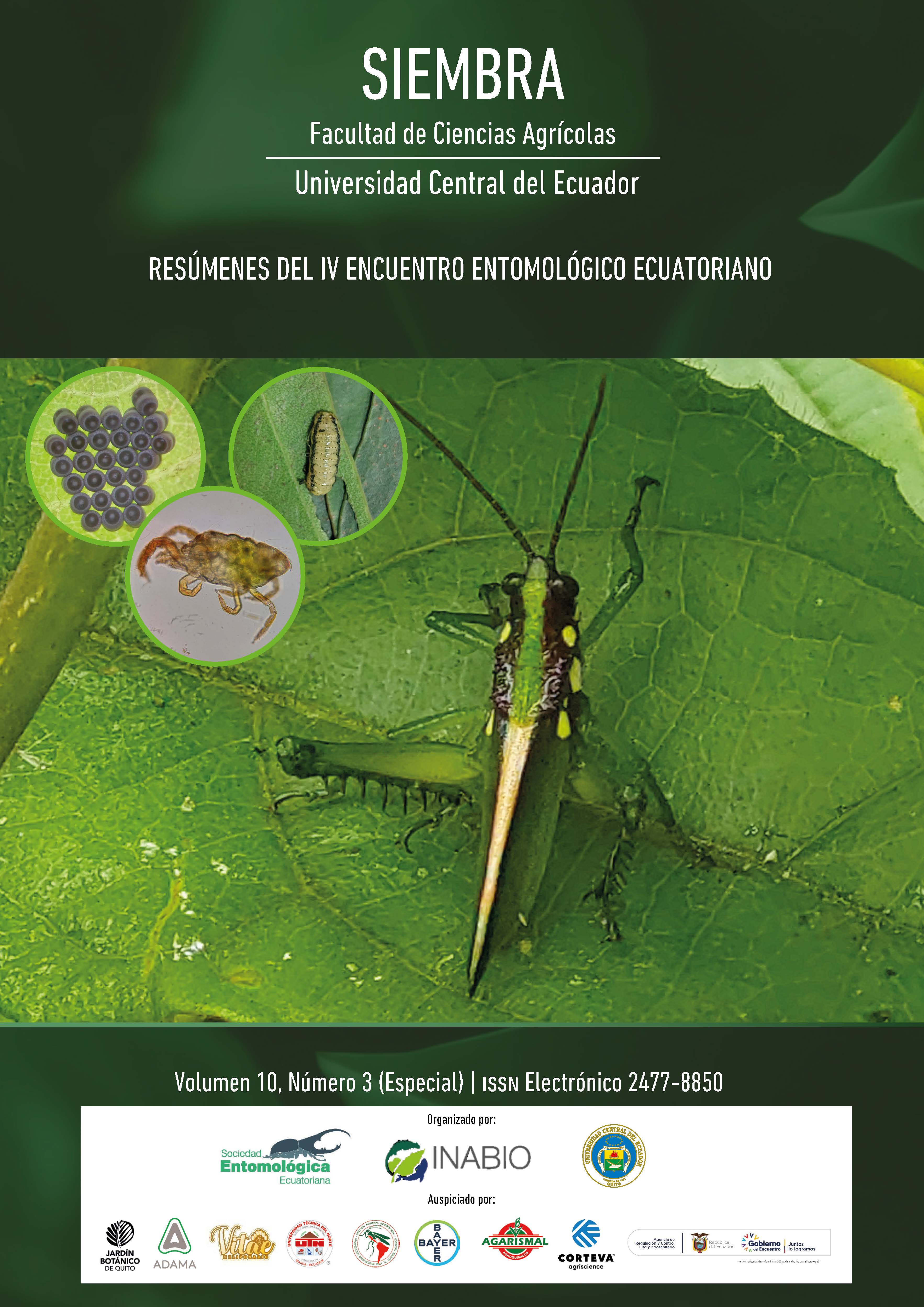Ecuadorian dung beetles (Coleoptera: Scarabaeinae), state of ecological knowledge
Main Article Content
Abstract
Ecuador harbors an astounding number of ecosystems and species. However, anthropogenic land-use changes are the primary drivers of biodiversity loss in major taxonomic groups, especially insects. Among them, the Scarabaeinae subfamily containing dung beetles, is an excellent taxon for studying alpha, beta, and functional diversity, as well as modified landscapes allowing us to infer whether agriculture, human settlements, and the environment variables, affect their structure and distribution. Furthermore, recent approaches on dung beetle´s knowledge, focus mostly on taxonomy, therefore there is a growing interest on ecological analysis that will help us understand and solve hypothesis and questions about their behavior, species loss, and distribution. To understand the main drivers of dung beetle’s distribution, functionality and behavior, we conducted various analysis utilizing a museum database from the National Institute of Biodiversity, Ecuador (INABIO) of over 5000 dung beetle specimens collected throughout the country, addressing the following questions: i) How does tribe distribution vary across climatic and elevational gradients? ii) How does functional and taxonomic beta diversity vary across spatial scales? iii) How different agriculture systems promote biodiversity and iv) How human settlements affect their functional biodiversity? To address these questions, we performed generalized linear models to estimate Ecuador’s distributions based on climate to explore potential predictor variables, along with taxonomic and functional beta diversity across scales. In addition to this, we used functional and diversity analyses, beta diversity and NMDS, along with GLM’s to determine how agricultural practices and human settlements affect their diversity in Ecuador. We have found that their distribution is mainly influenced by biogeography and climate as their main ecological and environmental factors, Kichua settlements in the Amazon do not alter their functional diversity and agroforestry practices help maintain biodiversity and can become biological corridors.
Downloads
Metrics
Article Details

This work is licensed under a Creative Commons Attribution-NonCommercial 4.0 International License.
The authors who publish in Siembra know and accept the following conditions:
- Authors retain the copyright and grant Siembra the right of first publication of the work, under the Creative Commons Attribution License. Third parties are allowed to use what has been published as long as they refer to the author or authors of the work and its publication in this journal.
![]() This content is licensed under a Creative Commons Attribution-Noncommercial 4.0 International (CC BY-NC 4.0).
This content is licensed under a Creative Commons Attribution-Noncommercial 4.0 International (CC BY-NC 4.0).
- Authors maintain the copyright and guarantee Siembra the right to publish the manuscript through the channels it considers appropriate.
- Authors may establish on their own additional agreements for the non-exclusive distribution of the version of the work published in Siembra, acknowledging their initial publication in the same, such as in institutional repositories.
- Authors are authorized to disseminate their work electronically once the manuscript is accepted for publication.

